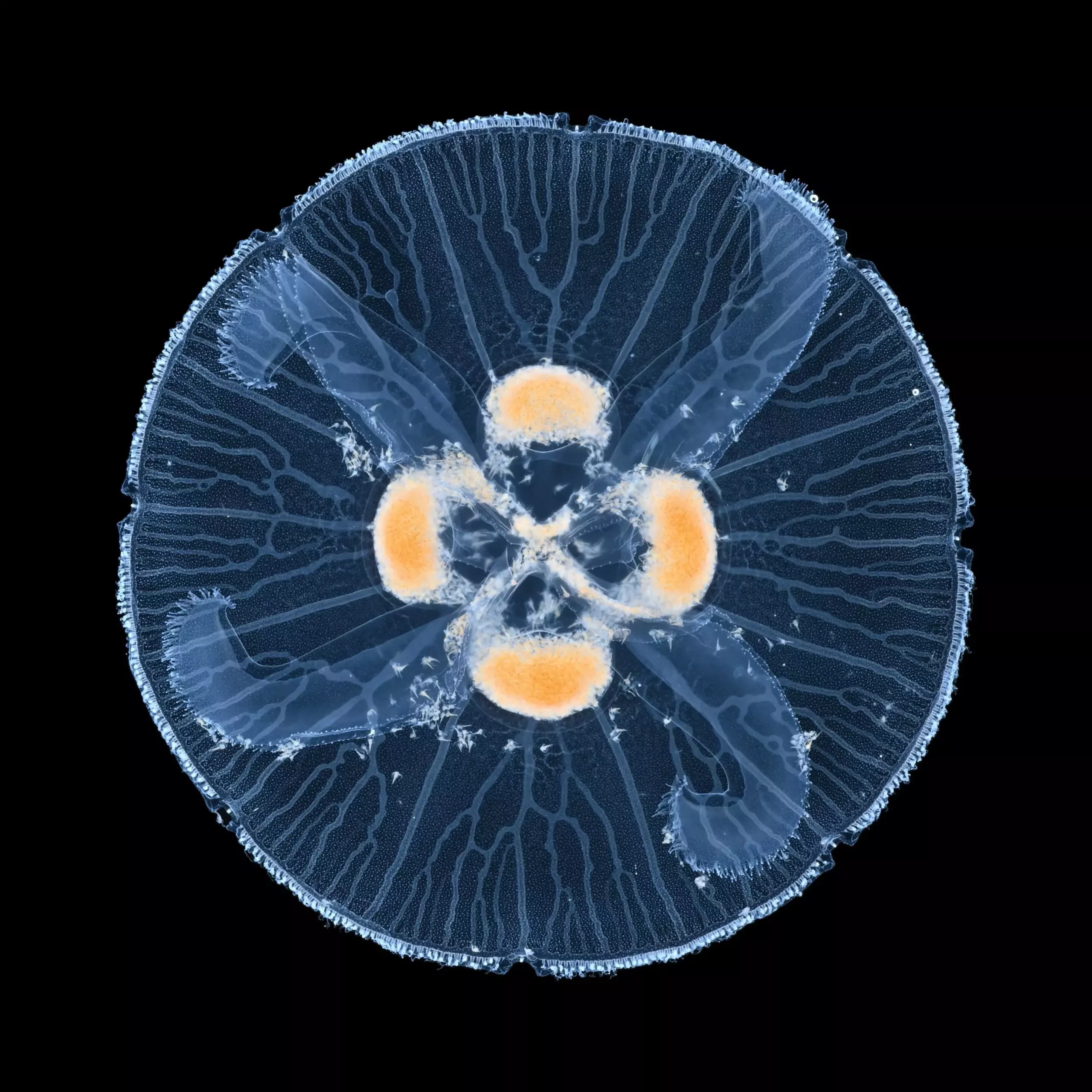Transport networks are ubiquitous in nature, forming complex systems that play a vital role in the functionality of various organisms and physical phenomena. From the vascular systems in animals to the electrical networks in storms, these interconnected structures can vary significantly in shape and function. As researchers delve deeper into the mechanisms that govern these systems, they have uncovered important insights into how loops—critical to the stability of these networks—are formed. A groundbreaking study published in the *Proceedings of the National Academy of Sciences* sheds light on these processes, particularly in branching networks that exhibit fascinating dynamics when they approach a boundary.
The study originated from observations made by an international team of researchers, including participants from the University of Warsaw and Université Paris Cité. These scientists focused on the transitions that occur when a branch of a network encounters a boundary. As one branch nears this boundary, it has been noted that branches which previously repelled one another can suddenly begin to attract and form loops. This phenomenon is not merely a curiosity; it serves significant functional roles in stability and resilience against damage. Looping structures allow for redundancy within transport systems, ensuring that if one part fails, alternative pathways remain available for flow.
Despite the discovery of existing looping mechanisms, researchers struggled to articulate how these loops initially formed. The current study explores how these networks grow in response to various diffusive fields—such as concentration gradients or pressure differences—that inherently affect how substances move through both the network and its surrounding medium. This understanding highlights the interplay between network structure and external environmental factors.
At the heart of this discussion is a critical change in interaction dynamics as branches approach a system’s boundary. In their findings, researchers highlighted that the differing resistances between a network and its surrounding medium—in several systems like jellyfish canal systems or electrical discharge processes—play a pivotal role in the formation of loops. A notable breakthrough in understanding came from earlier work led by Prof. Piotr Szymczak. His group demonstrated that even minute differences in resistance could induce attractions among growing branches. This crucial insight helps clarify how channels form loops under certain conditions.
One vivid example discussed in the publication involves the gastrovascular system in jellyfish, where researchers observed the behavior of its canals. As these canals extend and one connects to the jellyfish’s stomach, a radical shift occurs: shorter canals are drawn towards it, facilitating the development of loops. This provides a remarkable illustration of how biological systems leverage boundary interactions for efficient transport.
The significance of this loop formation extends far beyond the jellyfish canal system. Researchers also noted its prevalence in other contexts, such as fluid dynamics experiments and electrical discharges. Notably, past experiments concerning gypsum fracture dissolution and the Saffman-Taylor instability have demonstrated similar dynamics, suggesting that the principles underlying loop creation could be universally applicable across a range of scenarios.
The implications of such findings are profound, especially when considering the broad spectrum of natural and engineered systems. By identifying the mechanisms behind loop formations, scientists can better understand ecosystem dynamics, improve the design of artificial networks, and even predict behavior in unpredictable systems. Recognizing that loop formation can occur despite large resistance differences implies that other systems, previously deemed incompatible for such behaviors, may also exhibit similar dynamics.
The collaborative efforts among physicists at various institutions underline the interdisciplinary nature of this research. This team not only provided a new theoretical framework to describe how interactions evolve at boundaries but also set the stage for future inquiries. The researchers express eagerness to explore other systems where loop formation might occur, driven by the underlying dynamics controlled by diffusive processes.
Ultimately, this research contributes significantly to our understanding of natural transport networks. By examining the factors that enable loops to form, scientists can gain critical insights into improving the stability and efficiency of both biological and synthetic networks. As the exploration continues, it promises to unravel even more fascinating aspects of the dynamic interplay found within complex systems.


Leave a Reply